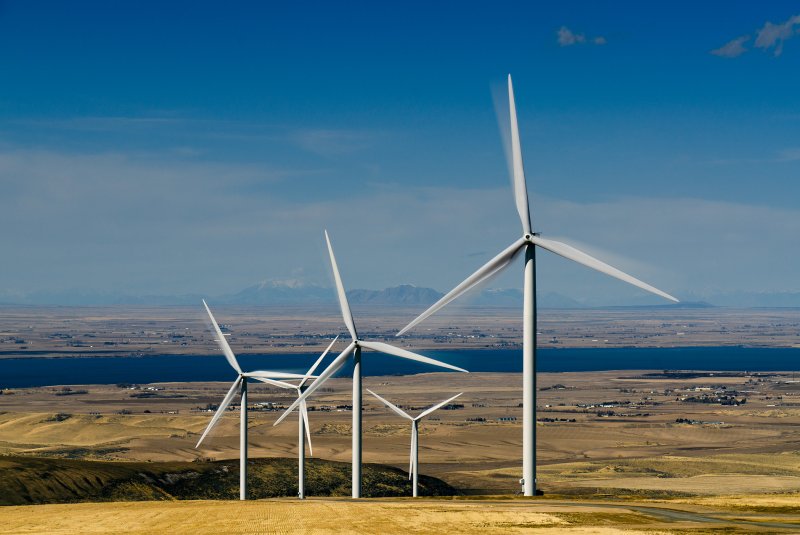Almost half of the new power on the grid last year came from renewable power sources, but the August eclipse put the system to the test. Photo courtesy of the Department of Energy/Flickr
Jan. 10 (UPI) -- About half of the new utility-scale power on the U.S. grid last year came from renewables and most of that was in the fourth quarter, the government said.
The U.S. Energy Information Administration said its data combing so far shows 25 gigawatts of new electricity was added to the grid last year, with about half of that coming from renewable energy resources like wind and solar.
"Of the renewable capacity additions in 2017, more than half came online during the fourth quarter. Renewable capacity additions are often highest in the final months of the year, in part because of timing qualifications for federal, state, or local tax incentives," the EIA's briefing read.
Between March and May last year, total monthly electricity generation from renewable energy beat nuclear power for the first time in 33 years. But in August, the solar eclipse that darkened mid-day skies across much of the country crimped output from solar power plants.
The EIA's report said the Aug. 21 eclipse pushed solar power in California, a state with one of the more robust renewable programs, to 60 percent below normal.
The report followed a decision from the Federal Energy Regulatory Commission to probe grid reliability. The FERC decision was in response to an April call from Energy Secretary Rick Perry for an investigation into the resilience and reliability of a grid more dependent on variable power sources like wind and solar.
The April move by Perry was seen as tacit support for legacy resources like coal-fired power generation. In signaling his support for coal in particular, President Donald Trump signed a measure last May to review former President Barack Obama's Clean Power Plan, lift a short-term ban on leasing federal land for coal production, lift limits on coal production and return energy production authority to the states.
Coal production last year increased 6 percent from 2017 in response to export demands, but could fall by 2 percent this year, according to the EIA. Domestic consumption, meanwhile, dropped 2 percent last year as several coal-fired plants retired. Coal in the electric power sector is expected to decline another 1 percent this year and 4 percent in 2019.
In a blow to the Trump administration, FERC's ruling that coal players who can't compete may decide on their own to retire their facilities for economic reasons.















